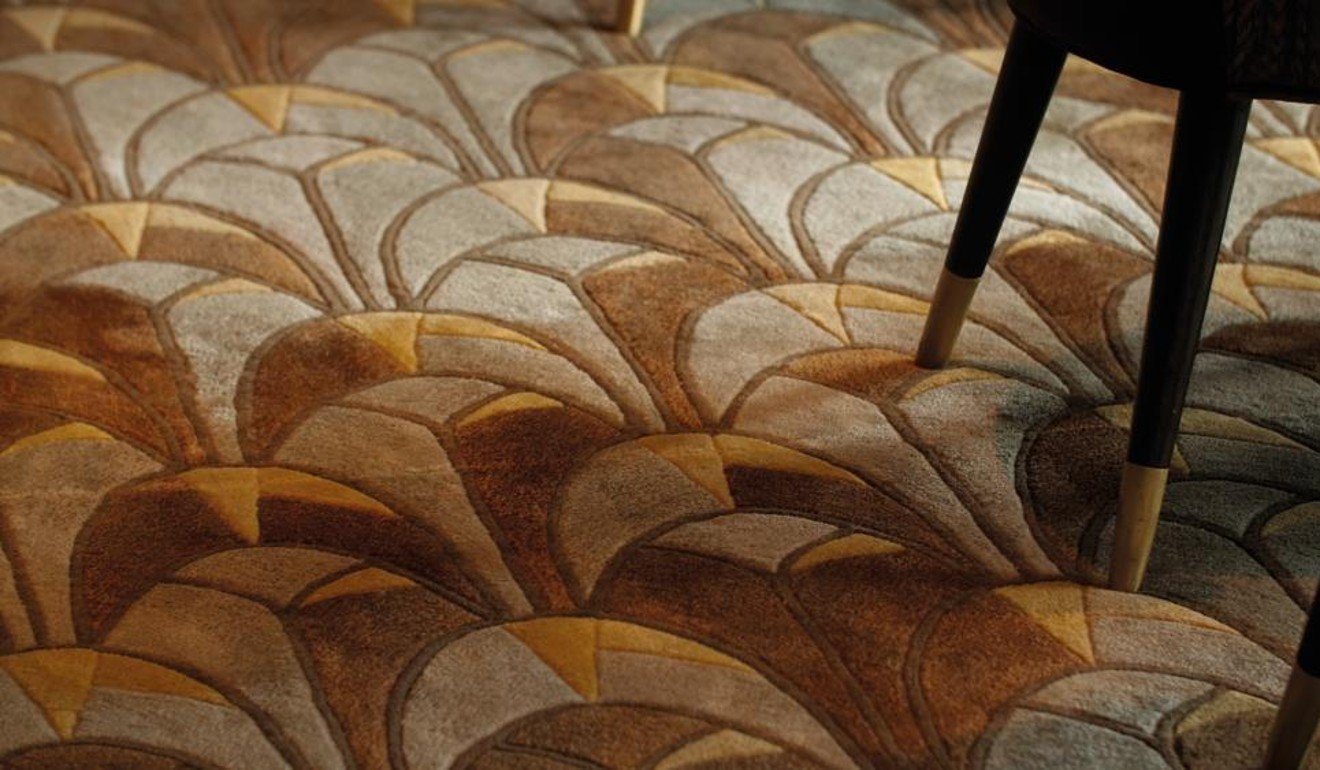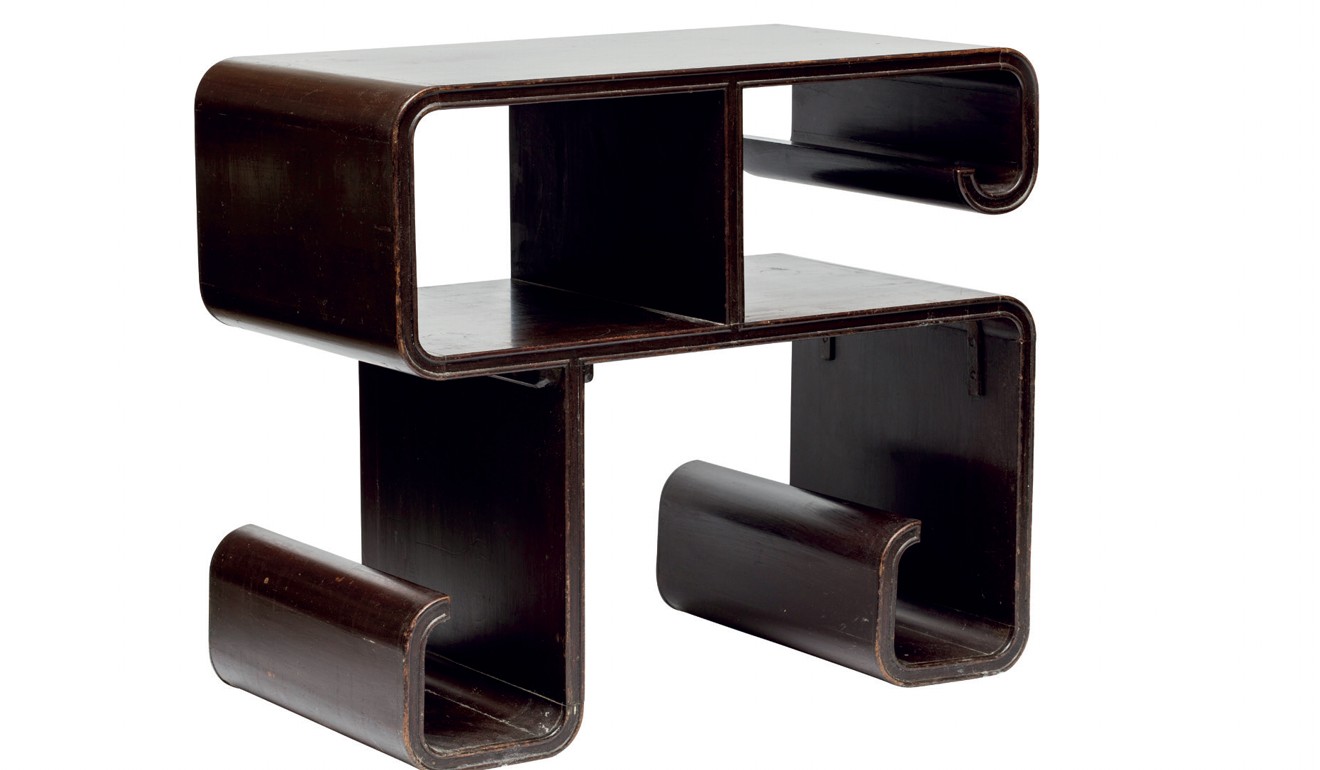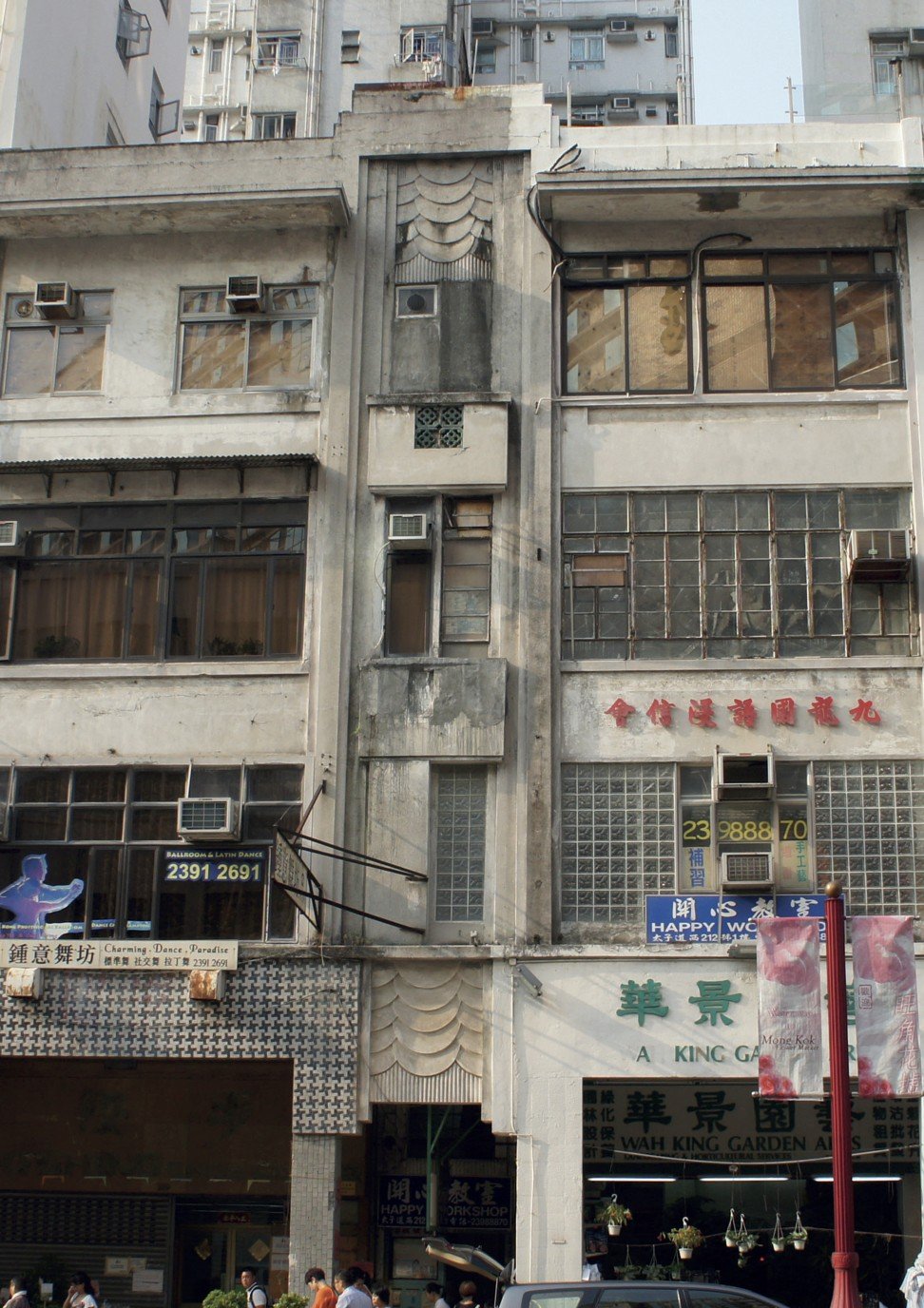
China’s art deco influence: how the East redefined the French design movement
- A Hong Kong exhibition explores the origins of art deco in France, the mutual exchange of influences with China, and the style’s development in the East
- Rising in popularity in the 1920s, the movement swept around the world
The 2013 release ofThe Great Gatsby reignited the fashion for 1920s nostalgia, and not just for the joie-de-vivre that is symbolic of the era – but also for the opulence of the art deco design movement known for its rich colours, bold geometry and decadent detail work.
Art deco captured the energy of the moment, and like Jay Gatsby for Daisy Buchanan, we can’t get enough.
City University of Hong Kong’s CityU Exhibition Gallery is evoking those heady days of fringed flappers and subterranean speakeasies with its latest showcase, “Art Deco: The France-China Connection”.
Served with a 1920s twist, it focuses on the origins of art deco in France, the mutual exchange of influences with China, and the new style’s development in the East. This exchange with China resulted in a “East meets West” fusion, that became part of an acclaimed art de vivre, or art of living.

“Art deco is a distinctive style,” says art historian Isabelle Frank, one of the show’s two chief curators. “It is very unusual in that it is the only style that has really gone global; though, modernism also did it in a large way.
“From 1925 in Paris, you really saw art deco just spread. It is a very easy style to carry. It is very attractive. And because it’s very flexible, it adapts to all the local styles. And, yet, it is still recognisable as art deco.
An art-deco apartment that’s a tribute to businesswoman’s travels
“The United States is full of art deco. Florida is famous for it. New York has iconic art deco buildings. All over Europe you’ll find art deco. South America has wonderful art deco. [It is] across Asia and [can be found] particularly in Shanghai.”
Its popularity is, in part, a result of its geometric simplicity and the world’s desire for modernity at the time, triggered by the technological advances made during the first world war.
“It fit in to what was going on in Germany later with the new linear modernism; things that were happening even in cubism and painting,” Frank says. “Right in the 1930s, it was hitting a time where [art deco] was very easily assimilated to many movements sweeping through in the arts and crafts [scene] throughout the world. And that’s why it just picked up in architecture and in graphics.”

It is a style that “travels” and keeps coming back into vogue.
“People like it,” Frank says. “Look at examples like the Grand Hyatt in Hong Kong. It was so clear that when it was built in the 1980s [the architects] went back to their own history and … intentionally copied the art deco style with specific motifs. [In the show] we have some of the small vases that inspired those huge vases in the foyer. This section shows how the style lives on.”
Its movement to China can be mostly attributed to a man now known as the father of Chinese art deco, Liu Jipiao.

Born in 1900 in China’s southeastern Guangdong province to the wealthy owners of a silk dying factory, he later studied architecture and interior design at the National School of Fine Arts in Paris.
Liu was part of a movement in Chinese intellectual history, in the early part of the 20th century, that saw a considered effort by the government to send young elites in all fields, especially science and engineering, to study overseas, before returning to China to create new departments at local universities.
Before returning to Nanjing, in China’s east, to do exactly that, Liu gained a reputation for his approach to architecture – to create modern design with a distinctive Chinese aesthetic.

Liu wrote in Eastern Miscellany (1927): “The artistic spirit of old architecture has progressed and revolutionised. If you lose this spirit, you lose the ability to create new art that is of value. Contemporary creators must work together to find a new road, something which is not easy, but not impossible. They must invent and discover, as in the West, thereby inventing a new art, style and manner of doing things.”
Liu was invited to contribute to China’s pavilion section of the International Exhibition of Modern Decorative and Industrial Arts World’s fair in Paris in 1925. His design for the entrance, which included a dragon and a phoenix, was the first melding of Chinese elements with art deco: a uniquely Chinese style that was later embraced by generations of Chinese architects and artists.

Compared to French art deco, Frank says the Chinese style is slightly more decorative, giving designers space to explore the floral ornamental motifs that the French previously controlled. It results in work that has a “natural world beauty” feel to it. There’s also the use of characters and linear patterns that you don’t find in the European style.
Through the years, art deco European artists were then, in turn, inspired by these, and other, Chinese innovations.
In the area of furniture, for example, low tables never seen before in French interiors were produced, as were stately armoires whose decorations and bases were inspired by Chinese models.
Europeans also adopted the wood of Chinese furniture: sandalwood, elm, poplar blackened pear tree and cypress. Similarly, Europeans started using Coromandel lacquer, a type of Chinese lacquerware used most commonly on large folding screens with as many as 12 panels.
Art deco has endured in Asia, in particular in Hong Kong, and the Chinese cities of Hangzhou and Shanghai.

This is something that makes Jennifer Wong, Liu’s granddaughter, proud. She has been researching his work for 20 years from her home in the US. Presenting at the exhibition opening, Wong summed up his influence, not just on architecture, but modern thought.
“His vision for China was a good one,” she said. “That East and West can blend together to make a stronger, new entity. It’s not a kitsch phrase, but he stated that we are weaker alone, stronger together; that we can learn from each other and make our countries great. We can make it strong and we can bring beauty and art to it, and education. All of these [are] lofty ideals.”
Art Deco: The France-China Connection, CityU Exhibition Gallery, 18/F, Lau Ming Wai Academic Building, City University of Hong Kong, 83 Tat Chee Avenue, Kowloon Tong. Until June 30

